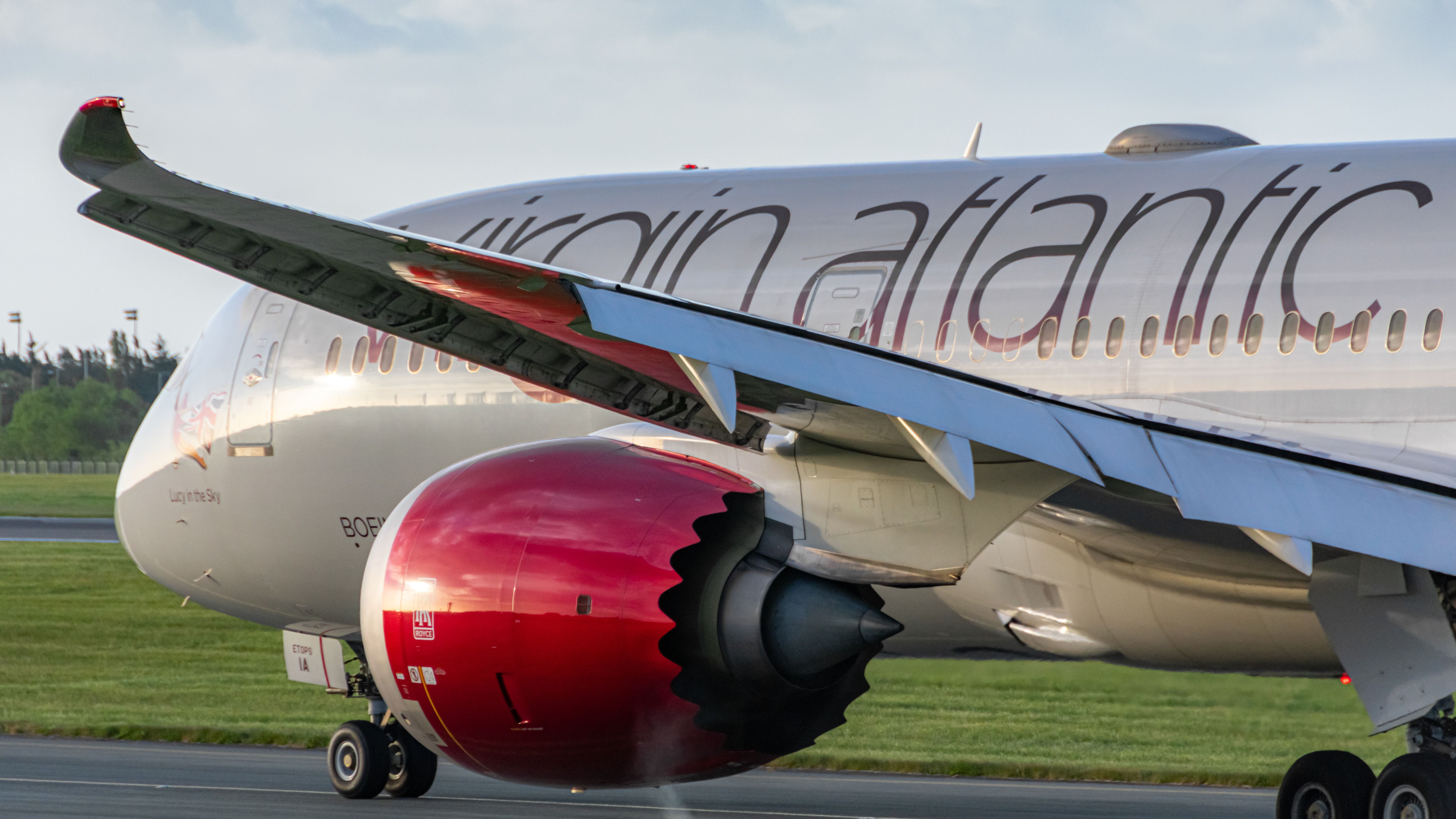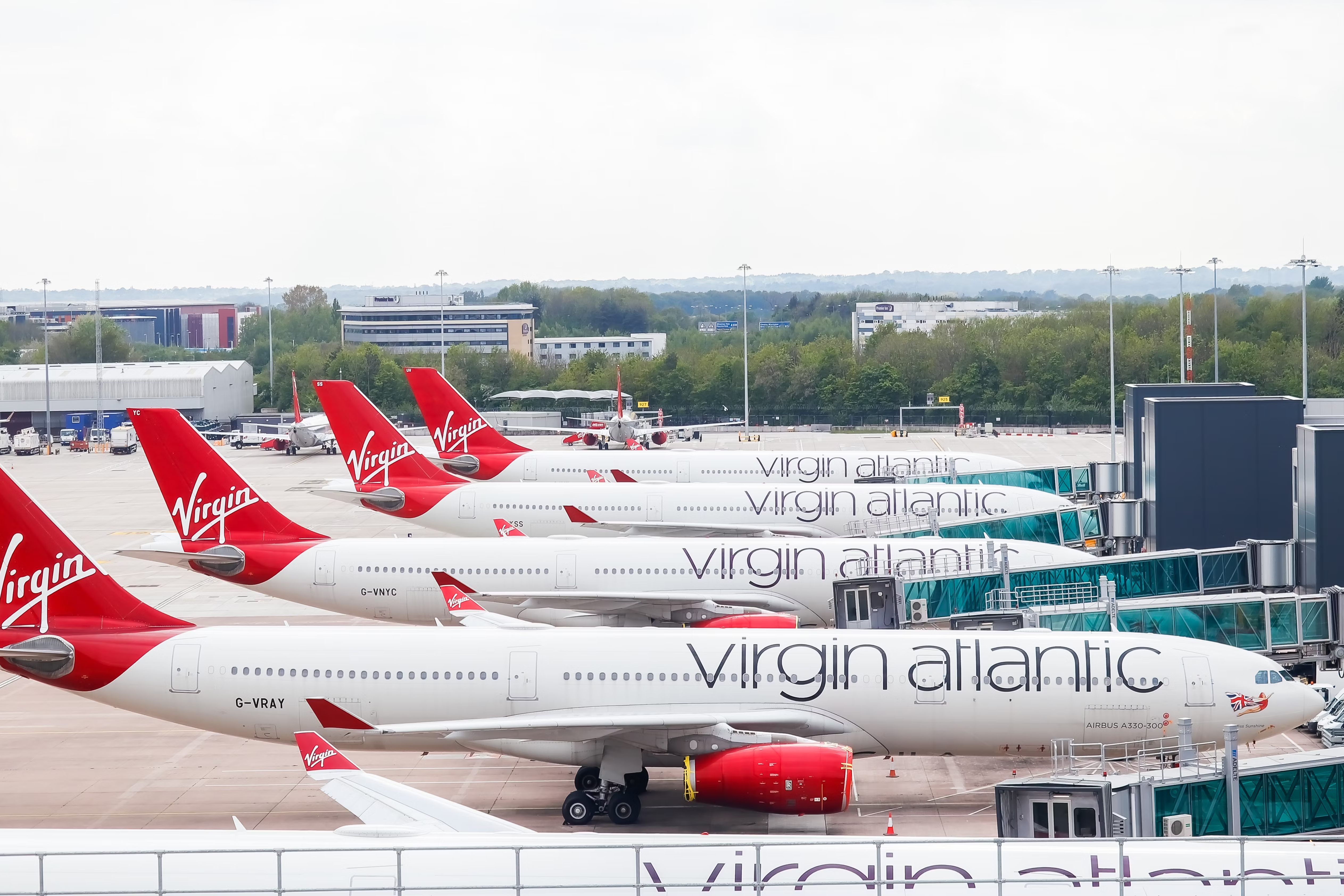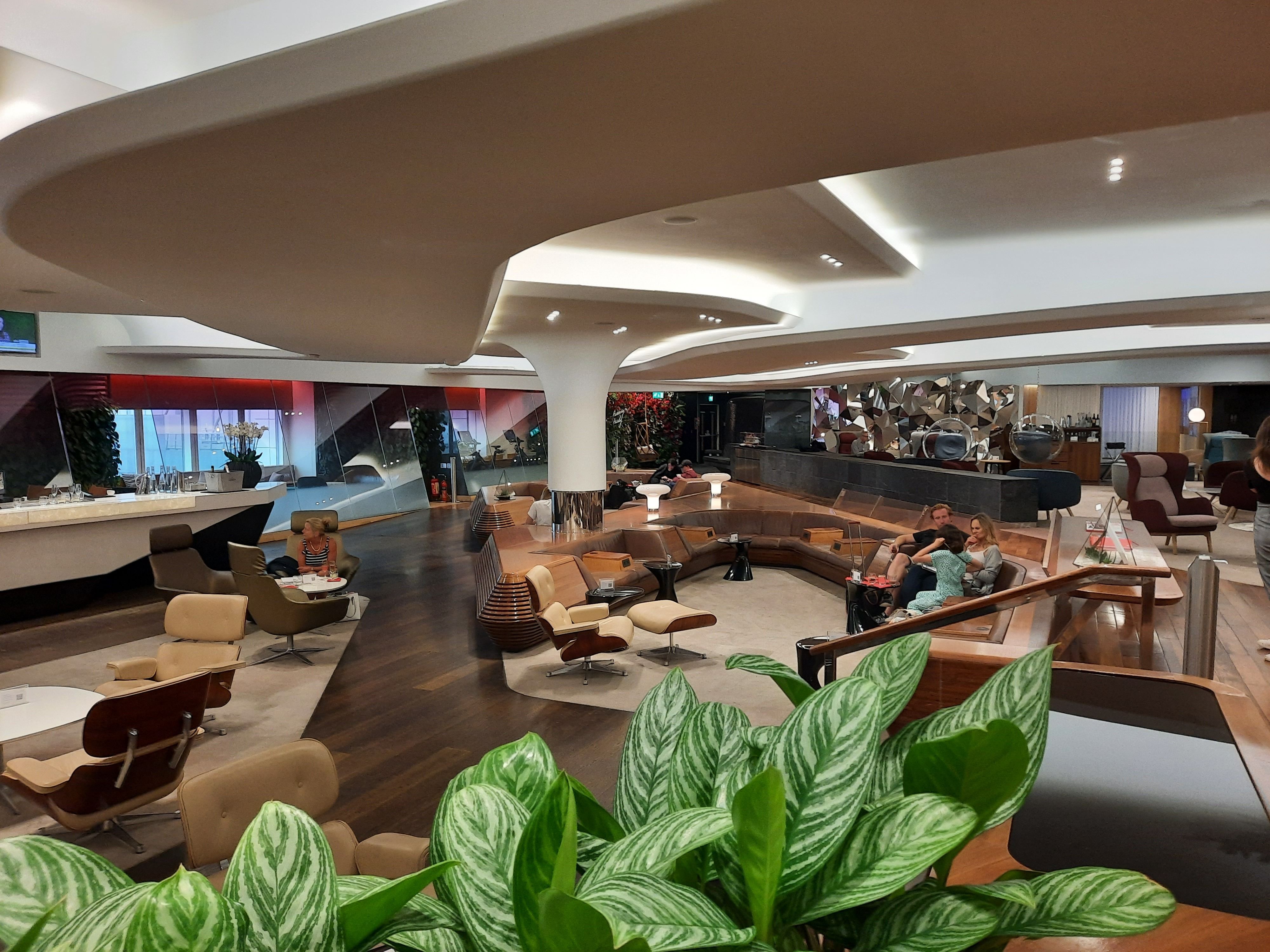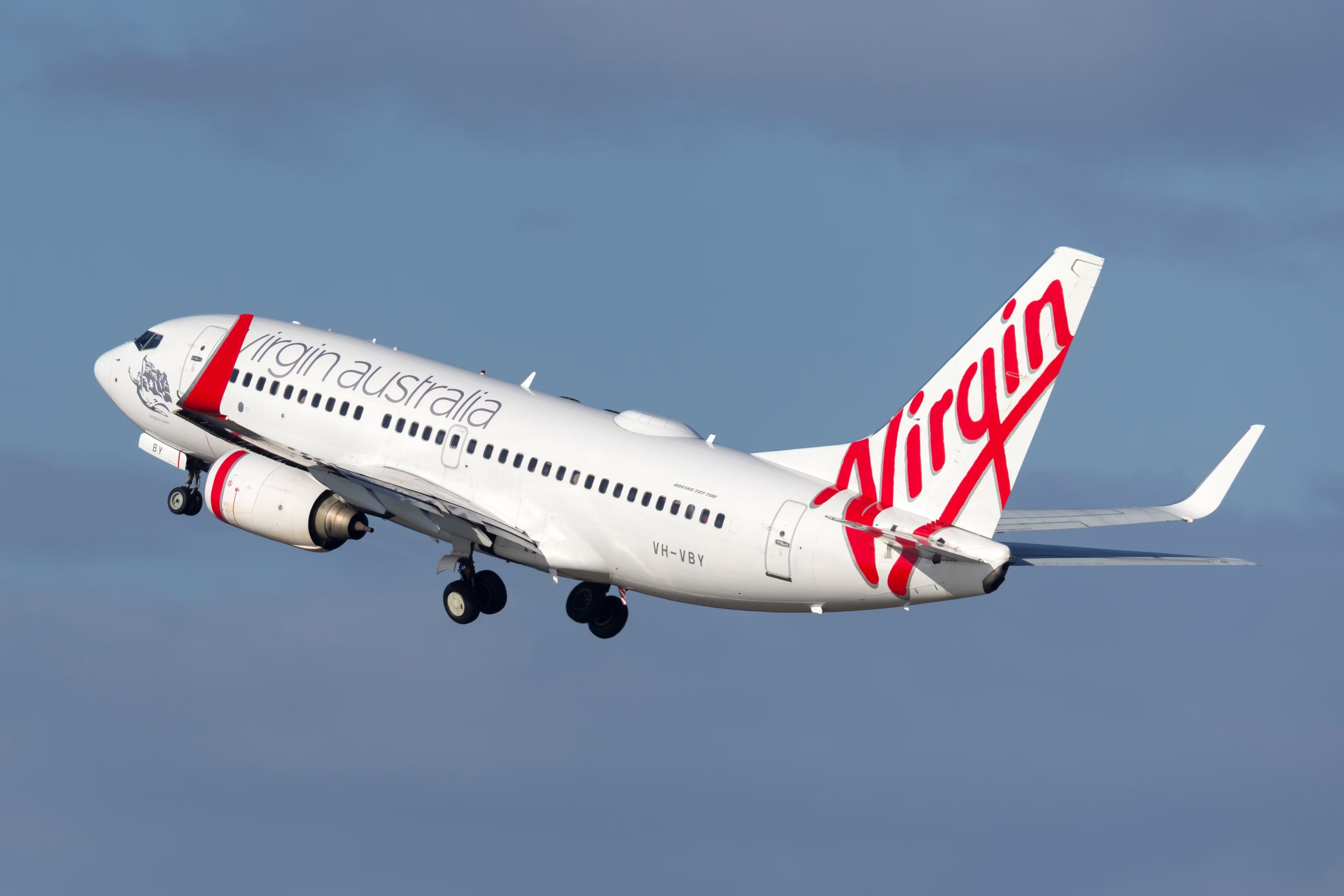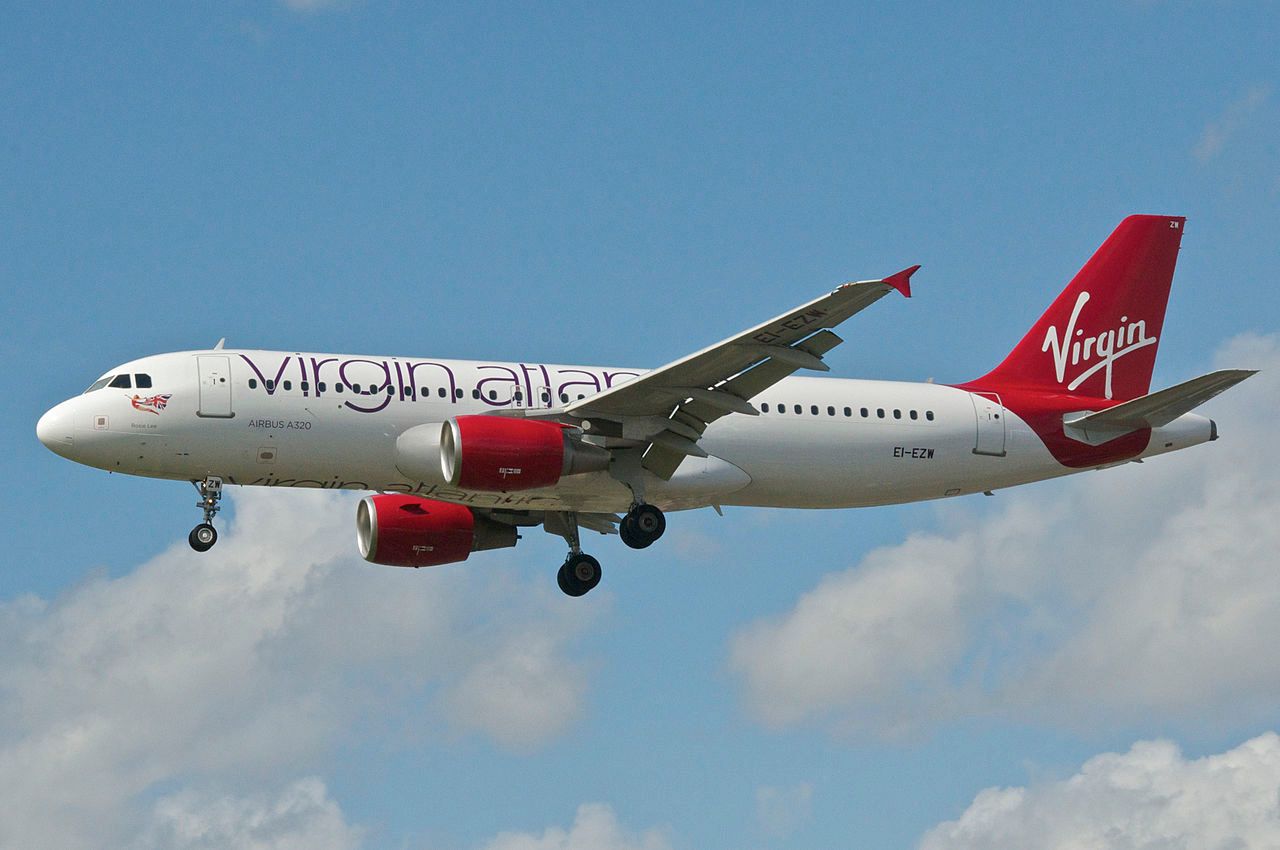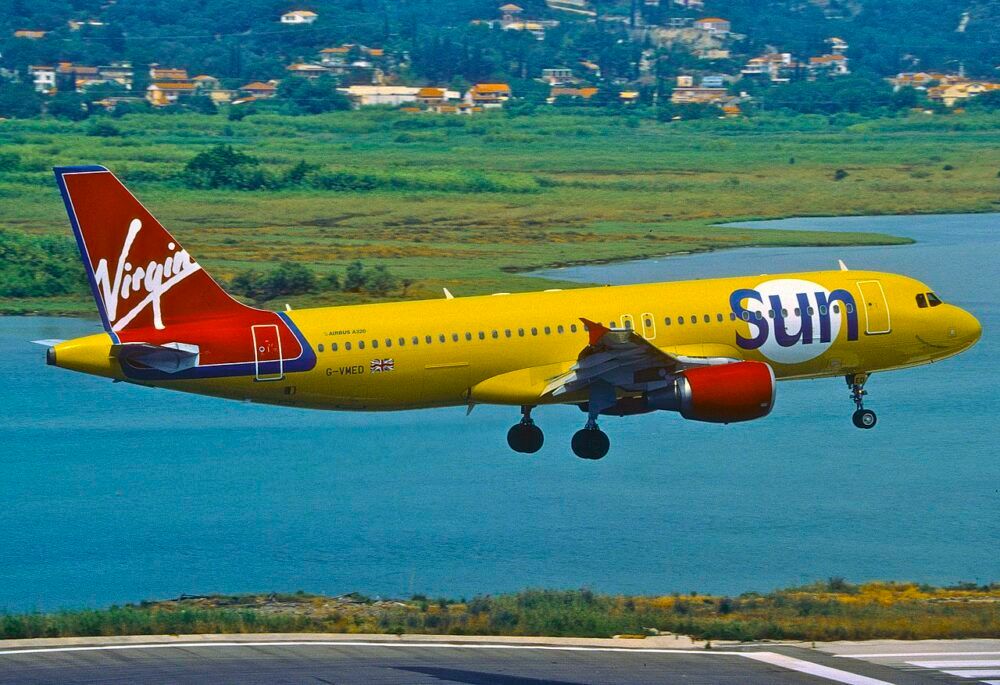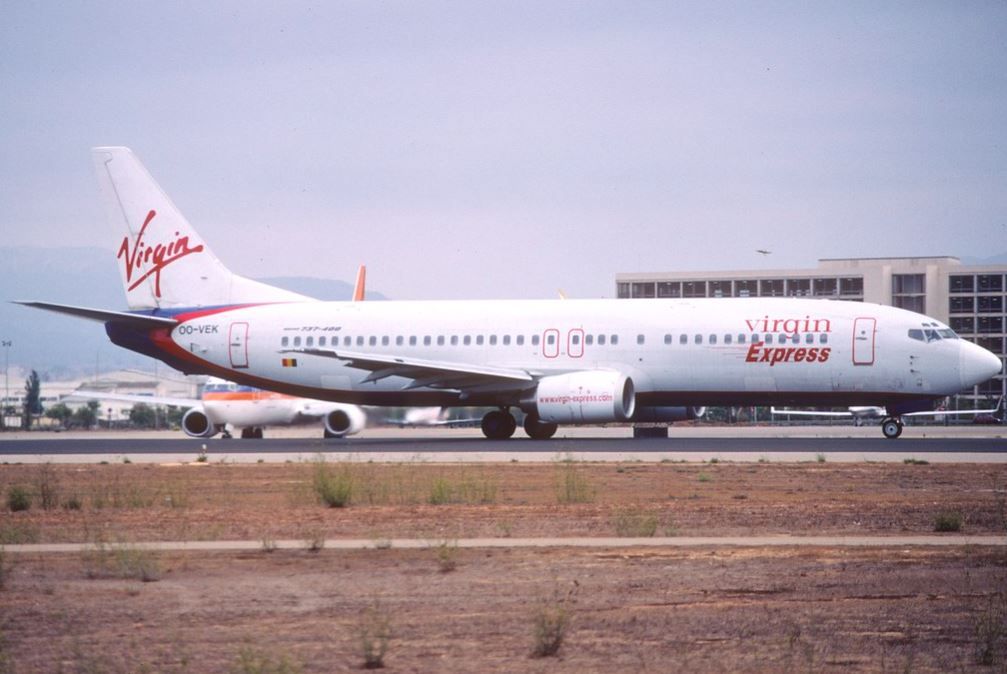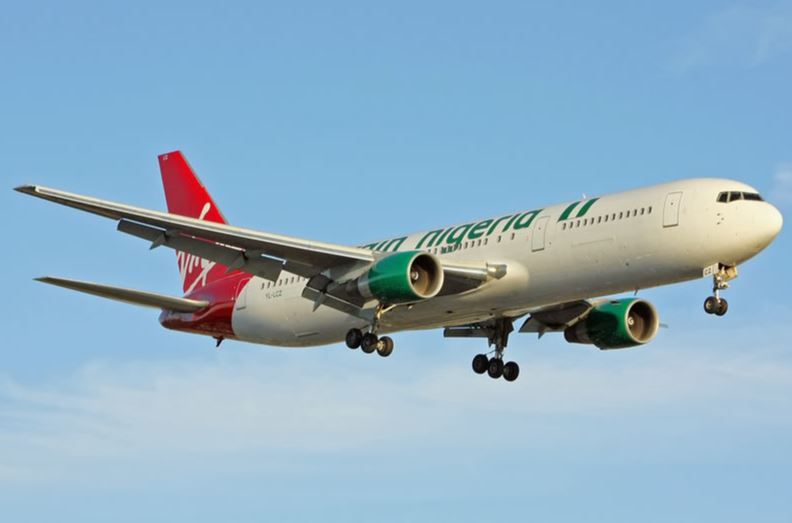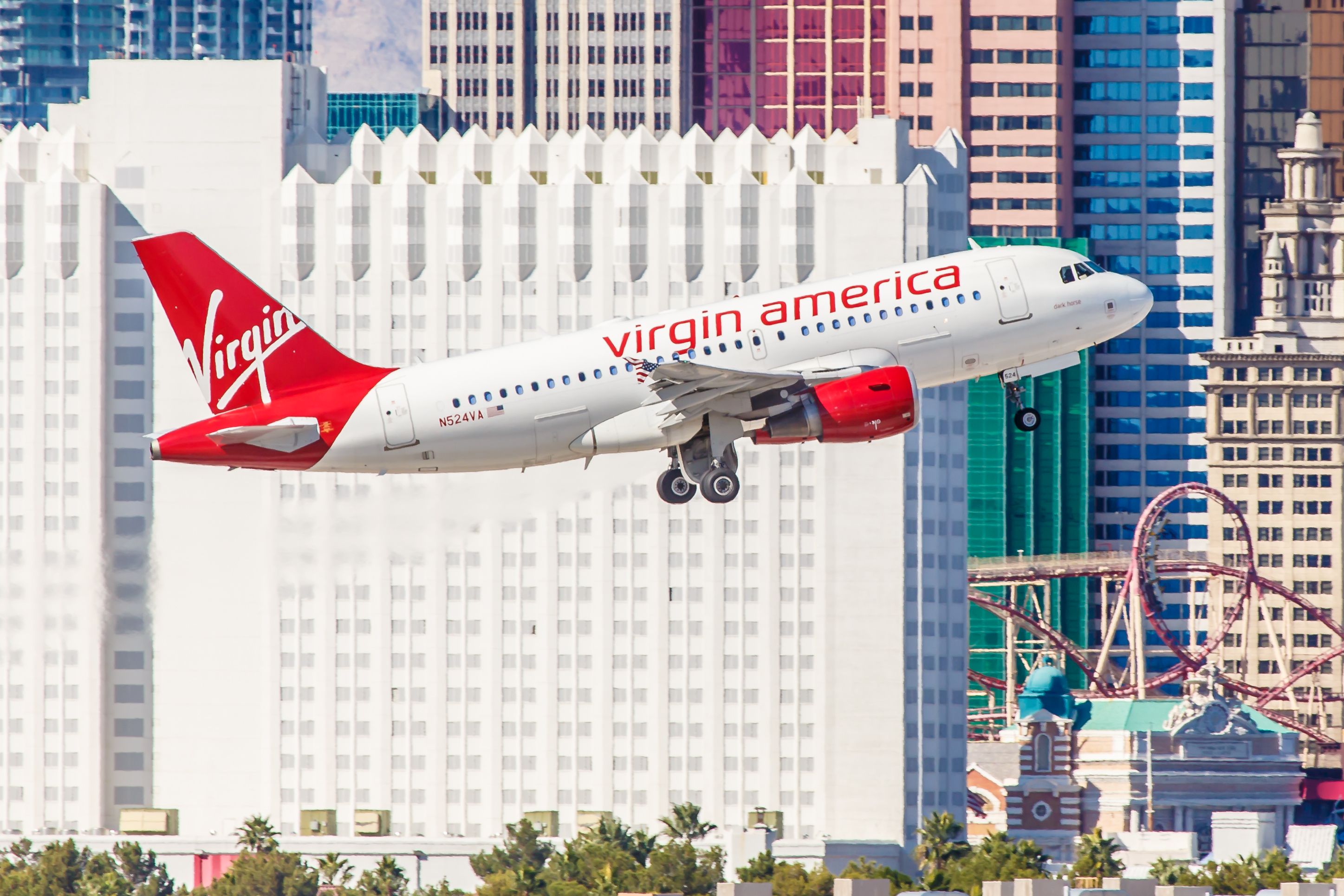Summary
- Virgin Atlantic and Virgin Australia are the two remaining airlines in the Virgin empire, with Virgin Galactic also joining as the first 'Virgin' to carry passengers into space.
- Virgin Atlantic, founded in 1984, operates from its hubs at Manchester and London Heathrow, flying widebody aircraft like the A330, A350, and Boeing 787-9 Dreamliner. It offers a wide range of destinations from both airports.
- Virgin Australia, launched in 2000, operates from major hubs in Brisbane, Sydney, and Melbourne, with focus cities in Adelaide, Gold Coast, and Perth. It once had multiple sister airlines but now only operates Virgin Australia Regional Airlines in Western Australia.
Virgin is a name you might see everywhere, thanks to Richard Branson's perseverance. However, in aviation, where does Virgin sit in the market? While Little Red and Virgin America are no more, the Virgin empire remains strong, even with just two 'Virgin' airlines still taking to the sky.
Virgin Atlantic and Virgin Australia remain the final two in the Virgin portfolio. Some may believe Virgin Galactic may also fall into this group, as it became the first 'Virgin' to carry passengers into space in 2019. But the group used to be much larger, with airlines on many more continents.
Get all the latest aviation news right here on Simple Flying
Virgin Atlantic
Despite the name, Virgin Atlantic serves much more than trips across the pond. The carrier, founded in 1984, was initially British Atlantic Airways, planned by Randolph Fields and Alan Hellary to connect London to the Falkland Islands. However, after multiple disagreements, Fields sold his shares, and Richard Branson took over, with the airline taking its maiden flight between London's Gatwick Airport and Newark, New Jersey, in June 1984.
Fast-forward to today, the airline currently employs around 5,000 staff and operates from its hubs at Manchester and London Heathrow, operating solely widebody aircraft, including the Airbus A330, A350, and Boeing 787-9 Dreamliner.
Services from Manchester depart to Atlanta, Barbados, New York–JFK and Orlando, with seasonal services to Las Vegas (resuming on June 2 next year). Over at London Heathrow is where the majority of the carrier's operations take place, incorporating a growing list of destinations including Antigua, Atlanta, Austin (which ends January 7th, 2024), Bangalore (starting March 31st, 2024), Barbados, Boston, Delhi, Grenada, Johannesburg–O.R. Tambo, Lagos, Las Vegas, Los Angeles, Miami, Montego Bay, Mumbai, Nassau, New York–JFK, Orlando, Providenciales (taking off from November 4th), San Francisco, São Paulo–Guarulhos (starting May 13th, 2024), Seattle/Tacoma, Shanghai–Pudong, St. Vincent–Argyle, Tampa, Tel Aviv, and Washington–Dulles. Seasonal services are also served to Cape Town, Dubai–International, Malé (Maldives, and St. Lucia–Hewanorra.
From LHR terminal 3, the carrier has its flagship 'Clubhouse' and 'Revivals' lounge, where the mood feels more like a five-star hotel than an airport lounge. Several more are located across the pond at Boston, New York JFK, San Francisco, and Washington DC. The other 'Clubhouse' locations include the haven at Johannesburg O. R. Tambo International Airport (JNB).
Once having a 49% share of the airline owned by Singapore Airlines, this was sold to American carrier Delta Air Lines in 2012, looking to create a transatlantic joint venture. Virgin also attempted to sell a further 31% stake to Air France-KLM in 2017.
Love aviation history? Discover more of our stories here
Virgin Australia
Launched as Virgin Blue in August 2000, it was Virgin's first attempt at an airline down-under. While the airline was still in its infancy in Australia, it became the second-largest carrier when Ansett Australia collapsed.
Based in Southbank, Queensland, the airline operates from three major hubs - Brisbane, Sydney, and Melbourne - and focus cities of Adelaide, Gold Coast, and Perth. Before the pandemic, the airline had an extensive domestic, trans-Tasman, Pacific, and International network. However, fast-forward to today, the carrier's once strong network to Auckland, Wellington, Christchurch, Dunedin, and Queenstown now only sees the Virgin brand visit Central Otago (Queenstown), the sole New Zealand gateway. The airline also operates Virgin Australia Regional Airlines, which serves many destinations in Western Australia.
During the airline's peak, it operated a range of other sister airlines, including Pacific Blue, which was used for the majority of trans-Tasman services, Polynesian Blue, which was a joint venture with the government of Samoa, V Australia, which runs all the carrier's widebody long-haul flights, and Tigerair Australia, which was an ultra-low-cost carrier partnership with Singapore Airlines, all of which have now disappeared.
A look at history
Looking at the carriers that once were is a longer list than those still in service. Closest to home was Virgin's attempt at domestic travel when Little Red took to the skies between 2013 and 2015. The airline, which had four Airbus A320s leased from Irish carrier Aer Lingus, facilitated services from Aberdeen, Edinburgh, and Manchester to London Heathrow in hopes of creating a feed into the airline's long-haul network. Low load factors led to the carrier's demise, and its last fights operated in September 2015.
Virgin Sun Airlines
The British charter airline was in service from 1999 to 2001 and looked to serve charter destinations across the Mediterranean and the Canary Islands. Operating from two bases, Manchester and London Gatwick, the fleet grew to three Airbus A320s and one A321, with passengers experiencing a unique menu that included cocktails and ice lollies. At the same time, they took off on their summer vacation to the likes of France, Greece, and Portugal.
The carrier was then sold to Air 2000, which eventually became First Choice, before being dissolved into Thomsonfly (now Tui).
Virgin Express
Some may not be aware that Virgin played a part in the new flag carrier for Belgium. Brussels Airlines partially evolved from Virgin Express, an airline Richard Branson purchased in 1996, as EBA (Euro Belgian Airlines).
The carrier, which had a fleet of Boeing 737s, operated low-cost flights from its home at Brussels Airport (BRU) and was stiff competition to Sabena and SN Brussels Airlines. After eight years, the airline was sold to SN Brussels in 2006, which eventually folded into Brussels Airlines in 2007.
Did you know we also have an aviation YouTube channel here?
Virgin Nigeria
Heading to Africa, Virgin Nigeria was formed as a joint venture with Nigerian investors and the Virgin Group in 2004. Based out of Lagos Murtala Muhammed International Airport (LOS), the airline operated a range of narrowbody and widebody aircraft, including a pair of leased Virgin Atlantic Airbus A340s between 2005 and 2006. During its tenure, the airline worked in cities across the African continent, such as Douala, Accra, and Sao Tome and Principe, and further afield to London Heathrow and Gatwick.
At the airline's demise, the fleet included two Airbus A330-200s, which were leased from Egypt Air, nine Boeing 737s, and two Embraer 190AR.
The Virgin Group eventually withdrew its investment in the carrier between 2008 and 2010, which saw the airline reborn with two identities, Nigerian Eagle Airlines and Air Nigeria. Due to safety issues, the airlines were grounded in June 2012, and the airline ceased operations later that year.
Virgin America
Launching a low-cost airline in the United States in 2004, the carrier commenced operations on August 8th, 2007. Operating domestic flights from its main hubs at San Francisco (SFO), Los Angeles (LAX), and later, Dallas Love-Field (DAL).
Finally, the Virgin Group also used to have a presence in the US in the form of its airline there. Known as Virgin America, this low-cost carrier commenced operations in August 2007. Its hubs were in Los Angeles and San Francisco, and it added Dallas as a focus city.
After 11 years in the US skies, the airline merged with Alaska Airlines, which saw its fleet of 67 aircraft transfer to the Seattle-based carrier. This consisted of 10 Airbus A319s, which were removed from operation in 2020, 53 Airbus A320-200, again all have since been retired by this year, and 10 Airbus A321neo, the last of which was retired in October 2023. The A321neos will all be sold to American Airlines.
Before the airline folded into Alaska Airlines, it operated 30 destinations, including three international gateways in Mexico. It had codeshare agreements with Alaska Airlines, Hawaiian Airlines, Singapore Airlines, Virgin Atlantic, and Virgin Australia.
How many Virgin Group carriers have you flown with? Do you have a particular favorite? Let us know your thoughts and experiences in the comments!

